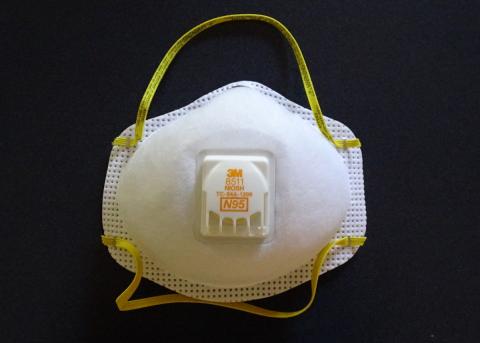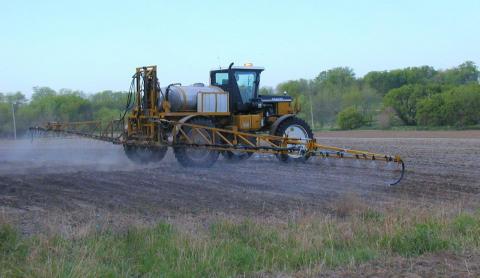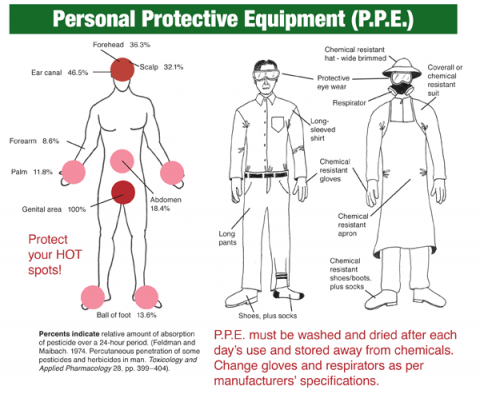Potential Respirator Shortage Due to COVID-19
April 16, 2020
Personal protective equipment (PPE) may be in short supply, regionally or nationally, in the 2020 growing season. What can people in Ag industry do to prepare?
Safe Handling of Treated Seed
April 16, 2020
This year remember to be safe when handling treated seed and check the seed tag for specific handling and use directions.
Reduce Pesticide Exposure with Proper Gloves, Other PPE
March 6, 2019
Wearing chemical-resistant gloves and changing your clothes after using pesticides may help prevent Parkinson’s disease, a progressive nervous system disorder. Here are some tips for choosing the right gloves for the job.
Think Your Sprayer's Clean? Think Again
June 6, 2018
A 120-foot sprayer can have as many as 96 nozzles and screens and stow away as much as 15 gallons of pesticide residue in its nooks and crannies after an application is done. Consider these tips for thoroughly cleaning your sprayer to avoid off-target contamination.
Proper PPE Prevents Pesticide Exposure
April 25, 2018
Besides using common sense, perhaps an applicator’s most important protection is wearing the appropriate personal protective equipment (PPE). Here's an illustrated guide as to what to wear and exposure risk for various body areas.
Have You Read Your Pesticide Labels Lately?
April 3, 2018
As you ready your field equipment for the coming crop season, are you including a respirator as part of your personal protective equipment? Certain pesticides, such as formulations of Engenia® and Lorsban™, require a NIOSH-approved respirator to mix, load, handle, and apply.
Chemical-Resistant Gloves May Help Prevent Parkinson's
March 14, 2017
One key to pesticide safety is literally in the palm of your hand: wearing proper gloves.






